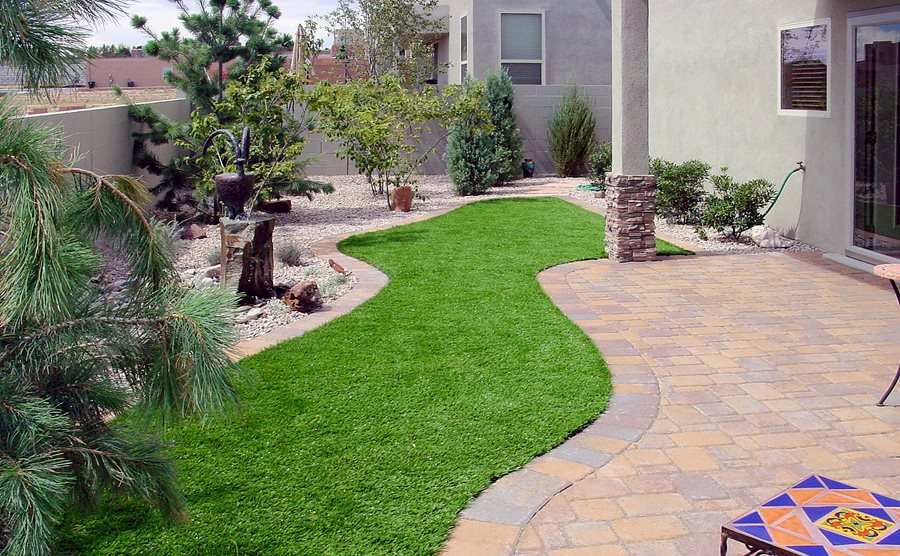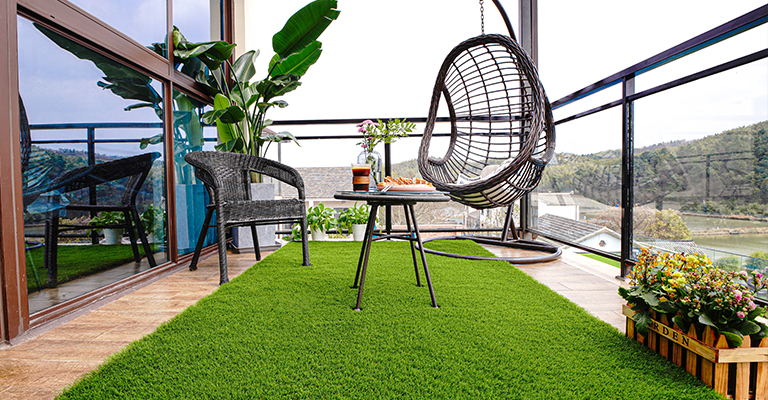Top Phoenix Turf Companies Providing High-Quality Synthetic Grass Solutions
Top Phoenix Turf Companies Providing High-Quality Synthetic Grass Solutions
Blog Article
Look Into the Environmental Perks of Opting for Synthetic Grass Solutions
The adoption of man-made lawn solutions presents a compelling chance to resolve pushing environmental difficulties. By significantly lowering water usage and reducing the application of unsafe chemicals, these alternatives not only advertise lasting landscape design however likewise shield regional ecological communities.
Water Conservation Conveniences
One of the most significant advantages of artificial lawn is its capability to conserve water. In comparison, man-made turf does not need watering, dramatically minimizing the general demand for water sources.
By getting rid of the need for routine watering, artificial grass adds to sustainable landscape methods and aids reduce the ecological effect of excessive water usage. Moreover, the conservation of water encompasses the reduction of drainage, which can lead to soil disintegration and river pollution.
Additionally, the installation of synthetic grass enables districts and homeowners to allocate water resources a lot more effectively, focusing on vital usages such as alcohol consumption water and farming. The change towards synthetic grass not just promotes accountable water usage but likewise aligns with broader environmental goals intended at maintaining natural resources.
As communities progressively prioritize sustainability, the water preservation advantages of synthetic grass offer a compelling case for its adoption in commercial and domestic landscaping projects.
Decreased Chemical Use
The transition to synthetic grass dramatically lowers the dependence on chemical therapies frequently utilized in natural lawn maintenance. Standard grass management usually involves the application of herbicides, pesticides, and fertilizers to promote growth and control parasites. These chemicals can pose threats to human wellness, regional wildlife, and the setting, adding to soil and water contamination.
On the other hand, artificial lawn removes the requirement for these damaging substances. As soon as set up, it requires marginal maintenance, primarily being composed of routine cleaning and seldom infill replenishment. This reduction in chemical use not only benefits the prompt atmosphere yet likewise contributes to broader eco-friendly stability. By minimizing the release of synthetic substances into the ecological community, synthetic grass promotes much healthier soil and water supply.
Additionally, the lack of chemical runoff related to synthetic grass installments assists shield local waterways from pollution, supporting water life and maintaining biodiversity. Arizona artificial turf. As neighborhoods progressively focus on sustainable methods, going with synthetic grass offers a viable solution that lines up with ecological preservation objectives. Through this change, property owners can take pleasure in lavish environment-friendly rooms without compromising eco-friendly health, leading the way for a much more sustainable future
Lower Carbon Footprint

In addition, the installation of synthetic grass can lead to significant water conservation. Natural lawns require substantial amounts of water for irrigation, which not only adds to the carbon footprint related to water removal and therapy yet additionally pressures neighborhood water resources. On the other hand, synthetic grass needs very little maintenance, needing no watering, consequently dramatically reducing water usage and its linked energy costs.
Additionally, the longevity of synthetic grass adds to its lower carbon influence. With a life-span of up to 15 years or more, the demand for constant substitutes is decreased, leading to less my website waste and lower energy intake in production and disposing of traditional grass alternatives. On the whole, fabricated turf presents a sustainable alternative for eco mindful landscaping.
Habitat Conservation
Environment preservation is a crucial consideration in the debate over landscaping selections, especially when comparing synthetic grass to all-natural lawn. Natural yard lawns frequently call for considerable maintenance, including using plant foods, pesticides, and herbicides, which can detrimentally affect local ecosystems. These chemicals can leach right into the soil and rivers, hurting indigenous plants and animals and interrupting neighborhood environments.
Synthetic grass removes the need for damaging chemicals, consequently shielding neighboring wildlife and maintaining the integrity of surrounding communities. The setup of man-made grass can lead to the conversion of previous lawn areas into even more biodiverse landscapes, such as pollinator gardens or indigenous plant locations, which can sustain regional wildlife.
Ultimately, the transition to synthetic turf not only preserves water and minimizes upkeep initiatives however also fosters an extra harmonious relationship in between you could check here human tasks and the natural surroundings, advertising environment preservation while doing so.
Long-Term Sustainability
Long-term sustainability is a vital aspect in examining the advantages of artificial turf over typical lawn lawns. One of one of the most considerable benefits of synthetic grass is its toughness; it can last as much as 15-20 years with minimal upkeep, whereas natural grass calls for regular reseeding and replacement. This long life decreases the need for consistent resources, such as water, plant foods, and pesticides, which are essential for keeping a healthy yard lawn.
In addition, synthetic grass adds to a reduction in carbon exhausts associated with grass care tools. Typical grass commonly require gas-powered lawn mowers, trimmers, and blowers, all of which add to air pollution. Arizona turf. In contrast, synthetic grass gets rid of the need for such tools, promoting a cleaner atmosphere
Moreover, the production of man-made grass significantly uses recycled products, boosting its sustainability profile. As suppliers adopt eco-friendly methods, the ecological impact of synthetic grass continues to lessen.

Verdict
The adoption of synthetic grass solutions provides substantial environmental benefits, consisting of significant water preservation, reduced dependence on dangerous chemicals, and a lower carbon footprint. Synthetic grass help in protecting all-natural habitats by reducing land disruption and promoting long-lasting sustainability via the use of resilient products. Collectively, these elements emphasize the potential of synthetic lawn to add positively to environmental wellness and offer a practical choice to typical landscaping methods in a significantly resource-conscious world.
In contrast, man-made lawn does not require watering, considerably minimizing the total need for water resources. By minimizing the release of artificial substances right into the ecological community, artificial turf promotes healthier soil and water systems.
Moreover, the installment of fabricated lawn can result in substantial water conservation. In contrast, artificial turf needs minimal maintenance, requiring no watering, thus considerably minimizing water use and its connected power expenses.

Report this page